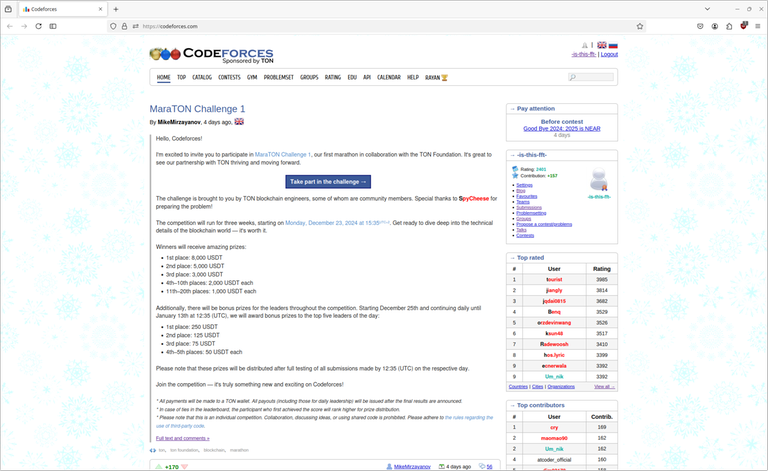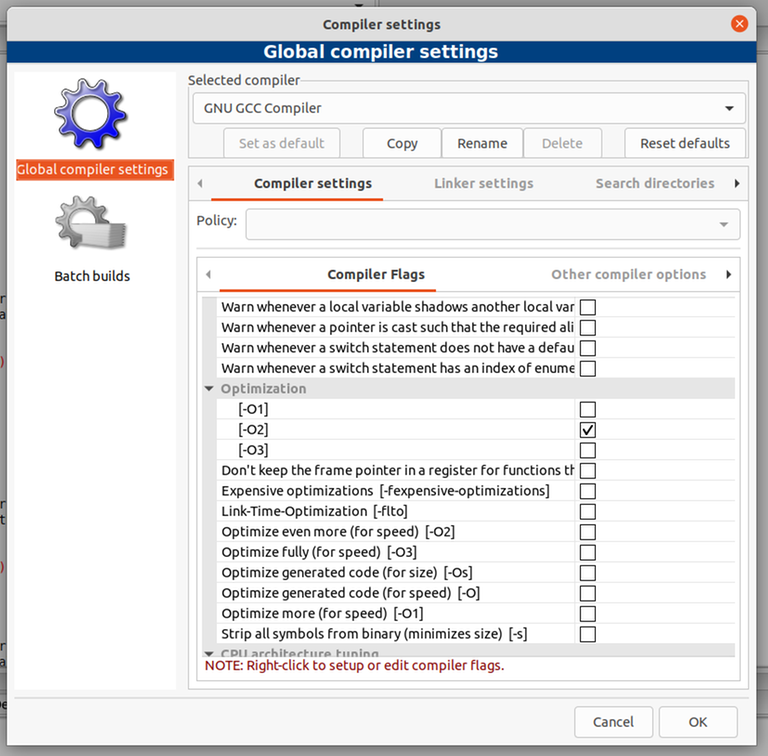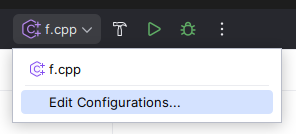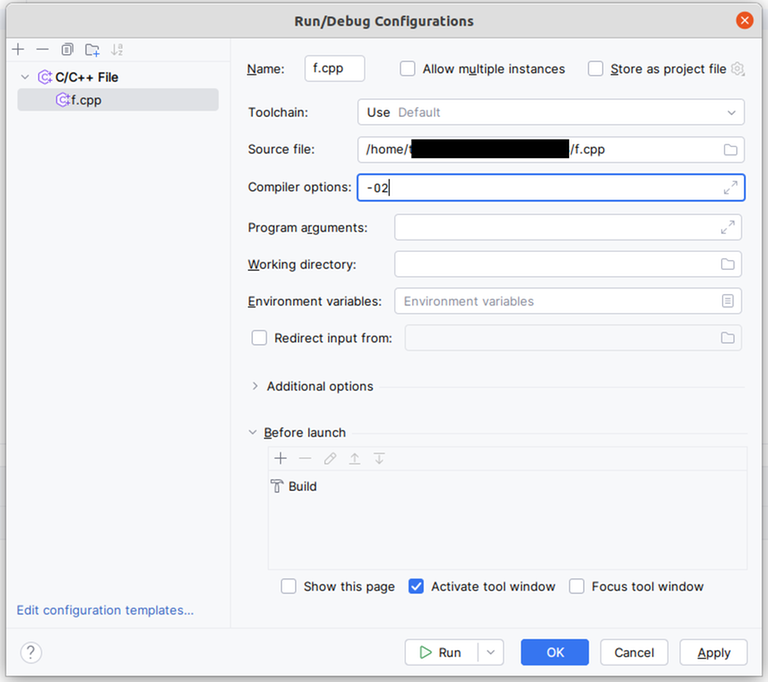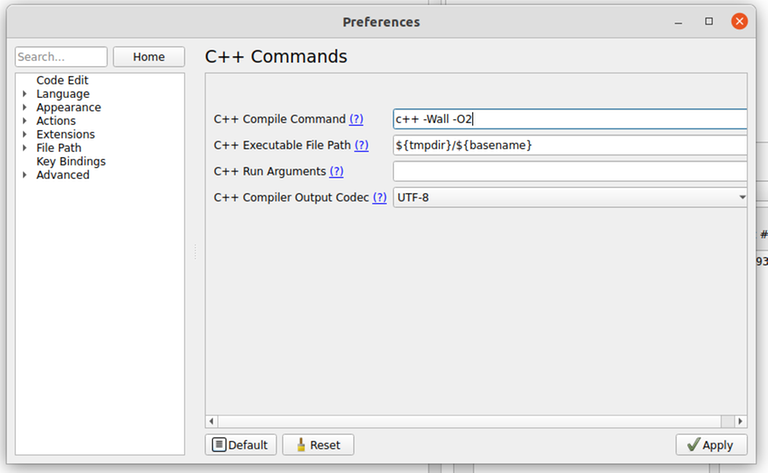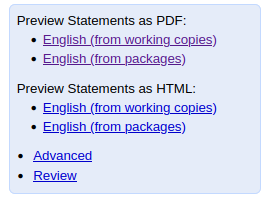Happy New Year! As is tradition, we all get to change our handle colors to anything we want.
However, I've found that with some experience, when reading a comment or blog post, you can often still tell who the user really is. To test this rigorously though, I've created this little game. I collected every comment that was (a) made after this year's magic started, (b) long enough and (c) made by a user whose true rating doesn't match the rank they are displaying.
You can play the game here.








